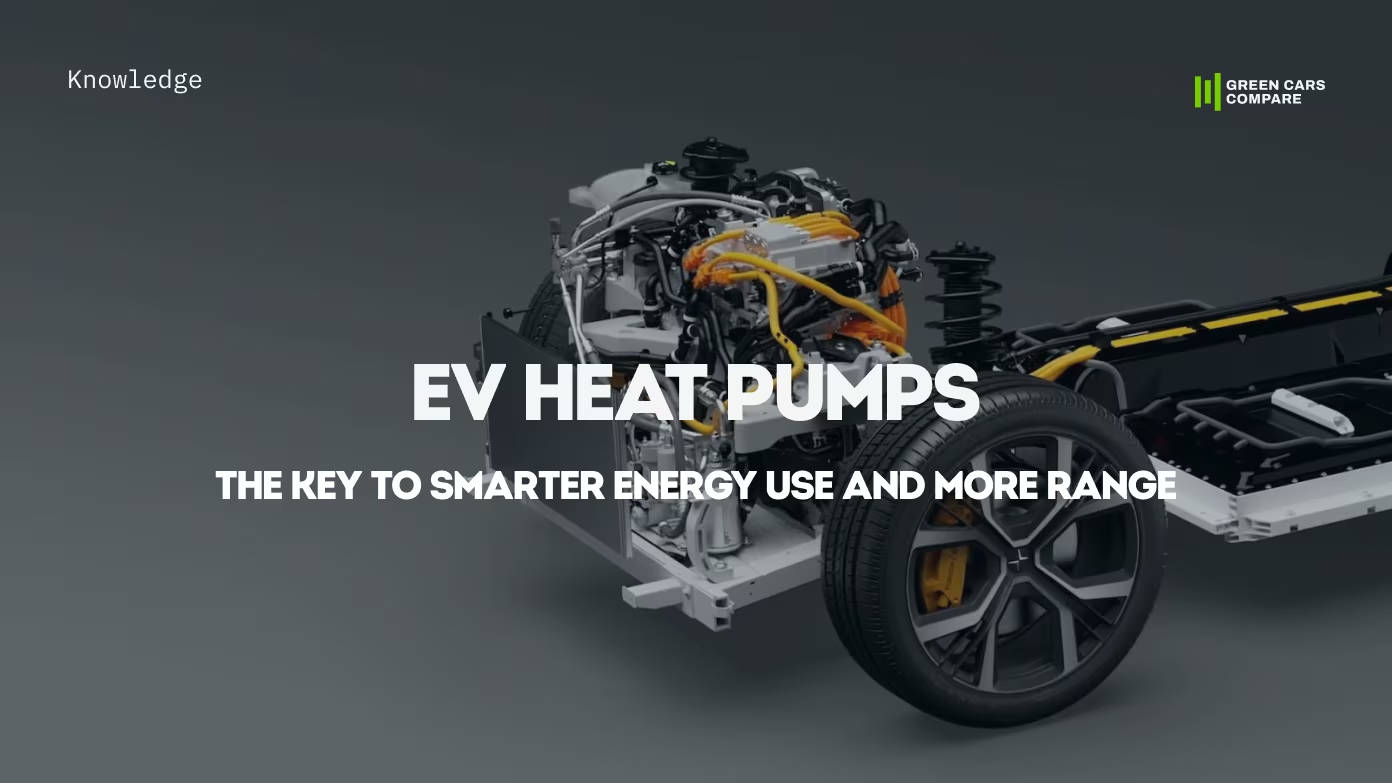
Nissan Leaf 24 kWh
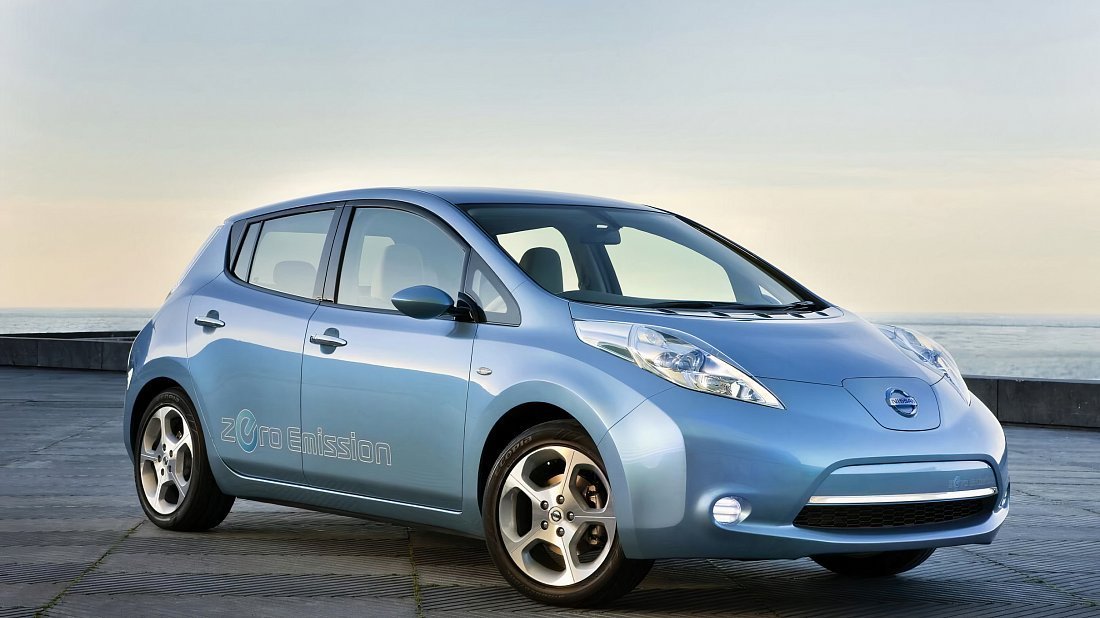
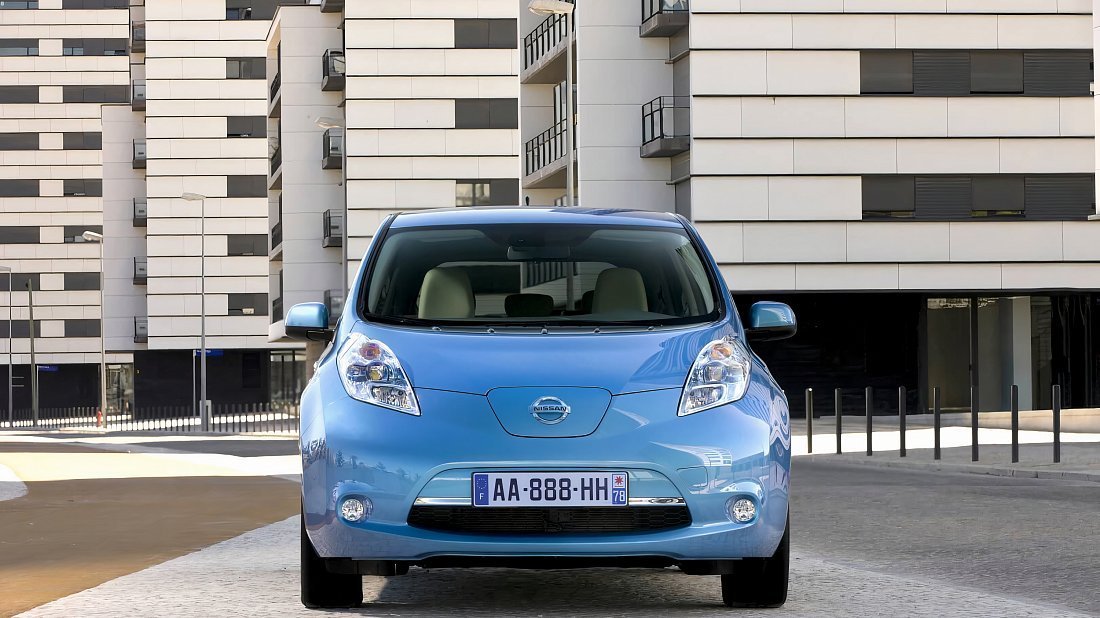

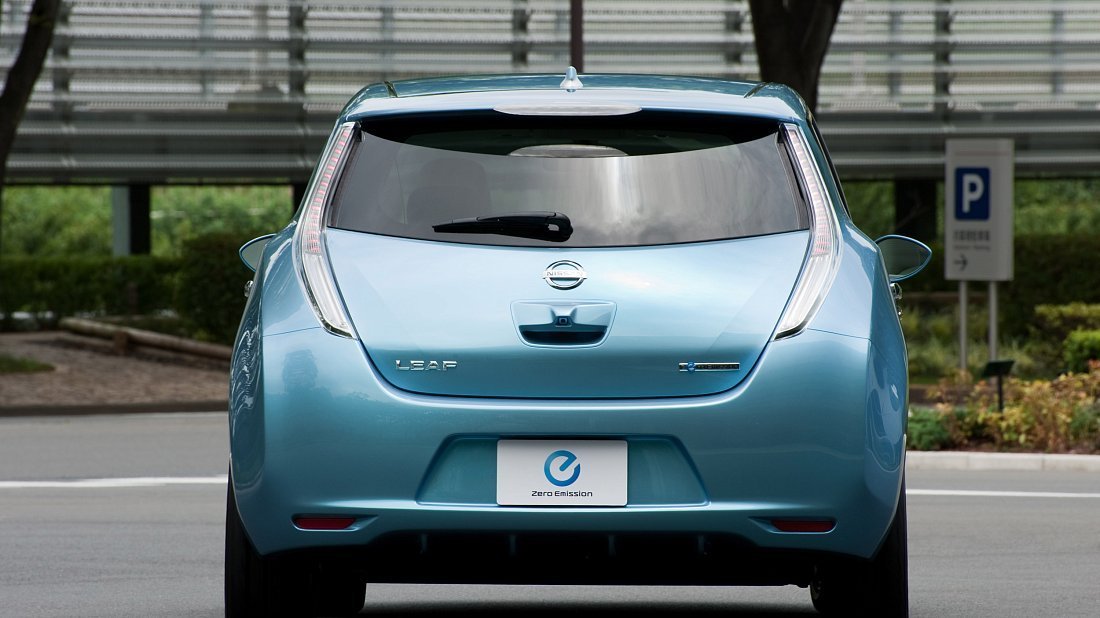
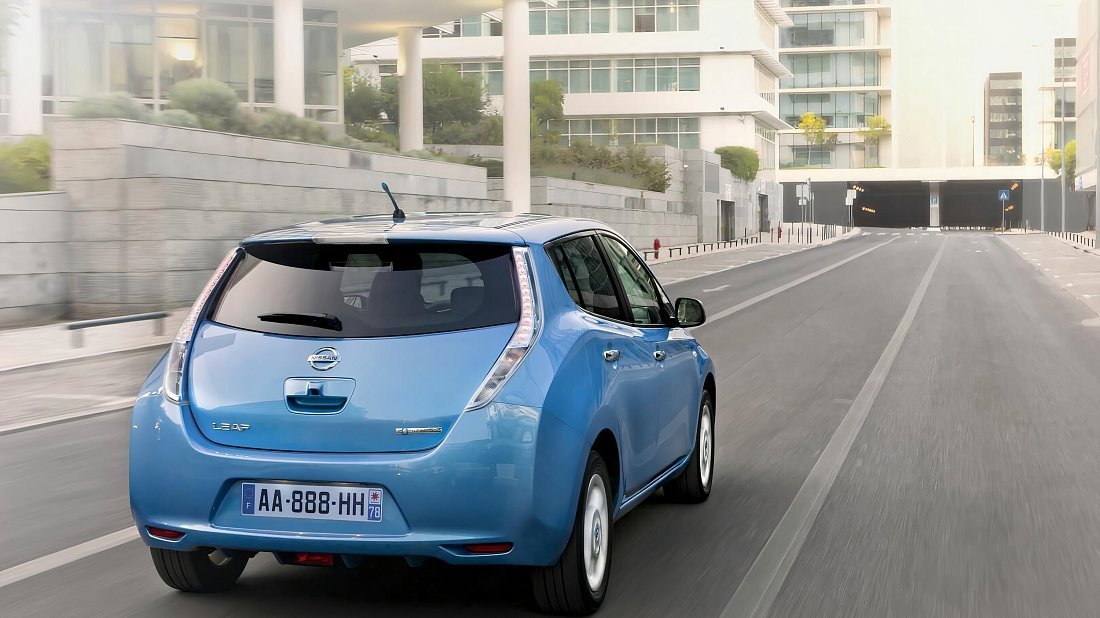
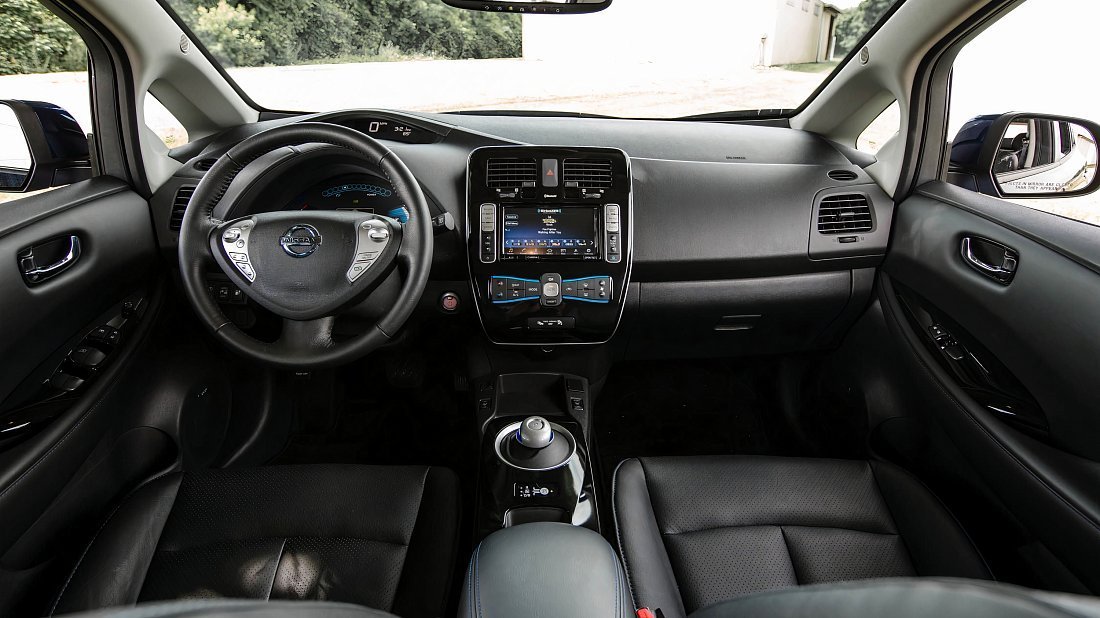
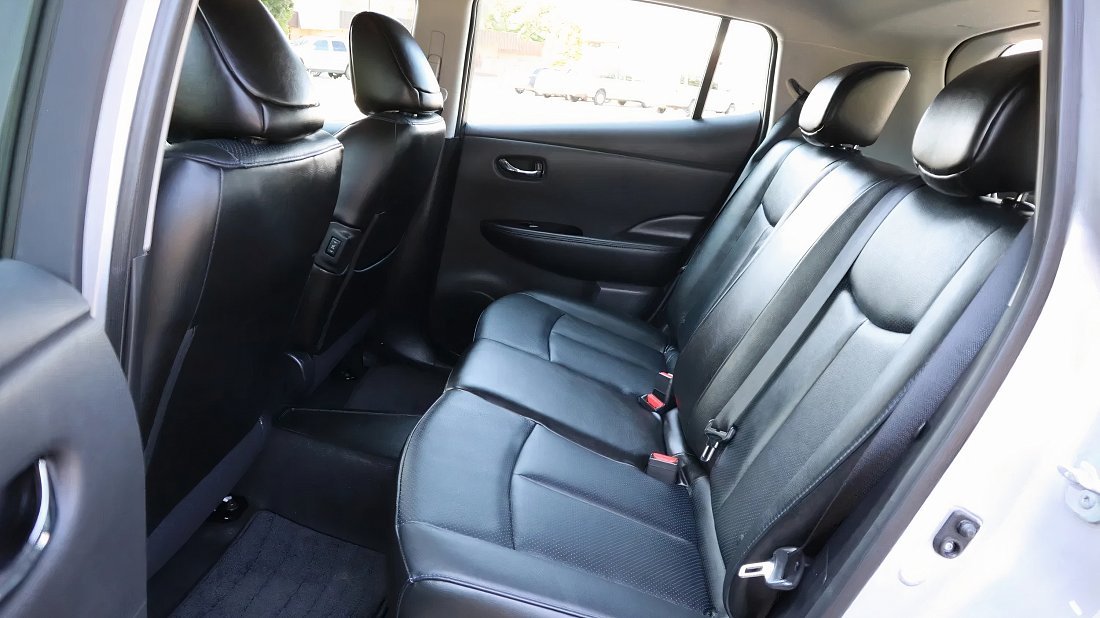
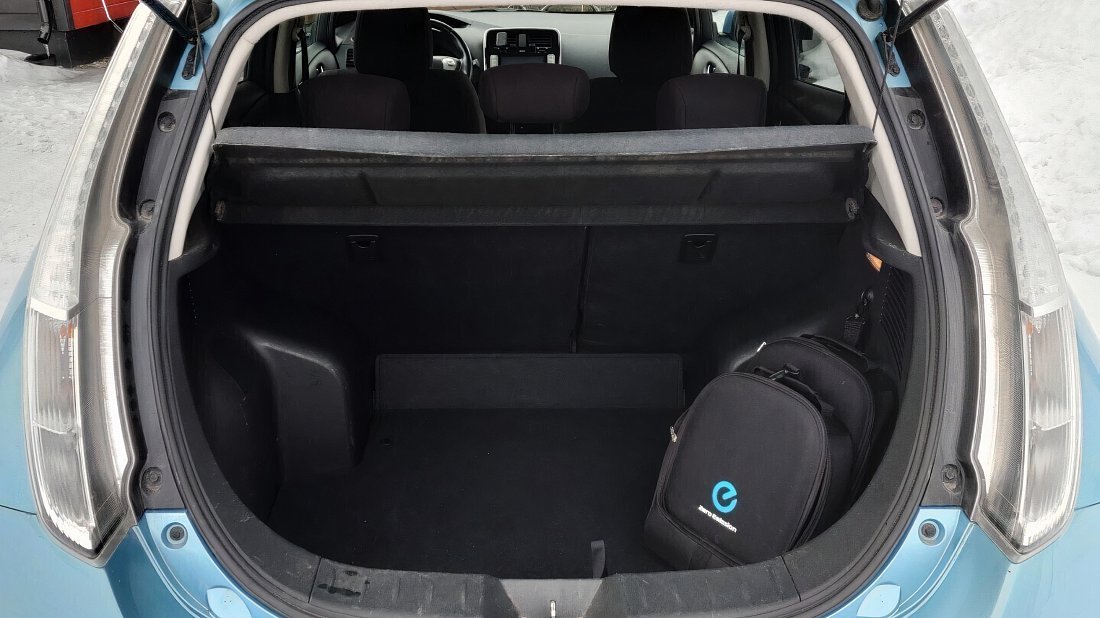
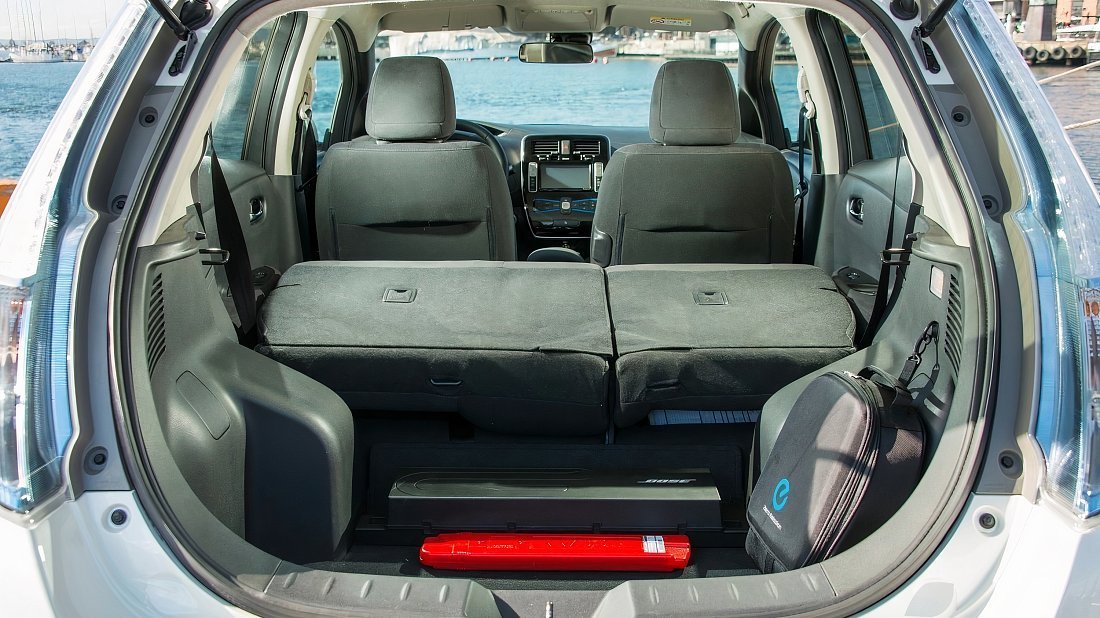


Overview
Main Overview Information
- Price Europe (New)
- No Data
- Price Europe (Used)
- €4.199
- Country of Manufacture
-
- Japan
![Japan Japan]()
- UK
![UK UK]()
- USA
![USA USA]()
- Japan
- Years of Production
- 2010-2013 (Discontinued)
- Body Style
- Hatchback
![]()
- Market Availability
- EU, USA
Pros and Cons
Reasons to Buy
- Extremely affordable EV
- Ideal city runabout
- Good safety rating
- Spacious boot
- Quiet, smooth operation
Reasons Not to Buy
- Short real-world range
- Battery health concerns
- Slow charging speeds
- Dated charging ports
- Basic interior tech
Overview
The 2013 Nissan Leaf 24 kWh was a trailblazer, bringing electric motoring to the masses! As one of the first-gen mainstream EVs, this particular trim represents an incredibly affordable entry point into zero-emission driving, especially on the used market. With an estimated used price in Europe around €4,199, it’s a budget-friendly city slicker. Its key highlight was making EV ownership a practical reality, offering a compact, eco-conscious package. While its range is modest by today's standards, it was a genuine game-changer back in the day.
What's New for 2013?
For the 2013 model year, the Leaf, including this 24 kWh version, saw some handy improvements before this specific configuration ended production. European models benefited from UK production starting up, bringing tweaks for local tastes. Key changes included a relocated charger, boosting boot space significantly – a welcome upgrade! Subtle aerodynamic refinements and weight reductions also aimed to eke out a bit more efficiency from the battery pack. While not a ground-up redesign, these 2013 updates made a noticeable difference to practicality and refinement for its final year.
Design & Exterior
The 2013 Leaf 24 kWh boasts a distinctive, slightly quirky design that shouts "I'm electric!" Its aerodynamic shape, with those prominent bug-eye headlights that channel air around the mirrors, was all about efficiency. It’s a compact five-door hatchback, measuring 4445 mm in length, 1770 mm in width (excluding mirrors), and 1550 mm in height. This trim likely featured practical steel wheels with covers, underlining its no-nonsense, eco-friendly appeal. It’s not trying to be a sports car, but it definitely stands out from the crowd.
Interior, Tech & Cargo
Step inside the Leaf 24 kWh, and you'll find a surprisingly airy and functional cabin, often finished in light, eco-friendly materials. Passenger space is decent for a car of its size, comfortably seating five. Tech-wise, it was fairly straightforward for its era; don't expect massive touchscreens or CarPlay. You'd typically get a basic infotainment system, possibly with navigation on some versions. Cargo is a strong point, with a useful 370 litres of boot space, expanding to a handy 720 litres with the rear seats folded. No frunk here, though!
Performance & Driving Experience
The Leaf 24 kWh delivers that classic EV punch: instant torque making it feel quite nippy around town! Its single Permanent Magnet Synchronous Motor (PMSM) produces 80 kW and a solid 280 Nm of torque, driving the front wheels. Acceleration from 0-100 km/h takes a respectable 11.5 seconds, with a top speed of 145 km/h. The driving experience is impressively quiet and smooth, perfect for urban commuting. Ride comfort is generally good, and regenerative braking helps to claw back some energy, with distinct modes to vary its strength.
Range, Battery & Charging
This Leaf features a 22 kWh usable battery capacity (24 kWh nominal). Green Cars Compare's calculated 'real-world' range estimate is around 123 km, with an efficiency of 5.59 km/kWh – ideal for city hops. AC charging via its standard 3.3 kW on-board unit takes about 7-8 hours for a full top-up. For faster charging on the go, it supports DC CHAdeMO at up to 46 kW, getting you to 80% in roughly 30 minutes. For AC charging in Europe, it uses a Type 1 (J1772) port, so an adapter might be needed for many public Type 2 posts.
Safety & Driver-Assistance Features
Safety was a key consideration for Nissan, and the Leaf scored an impressive 5-star rating from Euro NCAP back in the day. Standard safety kit on the 2013 24 kWh model included essentials like ABS, Electronic Stability Programme (ESP), and a suite of airbags. While you won't find the advanced driver-assistance systems common today, like adaptive cruise control or lane-keeping assist, some versions might have featured a reversing camera, which was a pretty nifty feature for a car in this class at the time.
Warranty & Maintenance Coverage
When new, the 2013 Nissan Leaf typically came with a 3-year/100,000 km basic vehicle warranty in Europe. Crucially, the EV-specific components, including the lithium-ion battery, were often covered for 5 years/100,000 km, with a guarantee against significant capacity loss (e.g., falling below 9 out of 12 battery health bars). As a 2013 model, these original warranties have likely expired. Maintenance is generally simpler and cheaper than petrol cars, though for this early Leaf, checking battery health is paramount due to known degradation, especially in warmer climates.
Previous Generation
There are no earlier versions of this carNext Generation
Similar Electric Cars
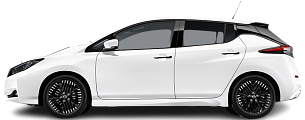
- Discontinued
- 2022-2025
- Real Range
- 336 km
- 0-100 km/h
- 7.1 s
- Price (Europe)
- €20.900

- Discontinued
- 2013-2015
- Real Range
- 125 km
- 0-100 km/h
- 8.4 s

- Discontinued
- 2012-2016
- Real Range
- 158 km
- 0-100 km/h
- 13.5 s
- Price (Europe)
- €3.450
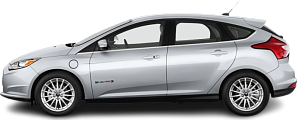
- Discontinued
- 2011-2017
- Real Range
- 119 km
- 0-100 km/h
- 11.4 s
- Price (Europe)
- €7.990





 Nissan Leaf 24 kWh (2013-2018)
Nissan Leaf 24 kWh (2013-2018)